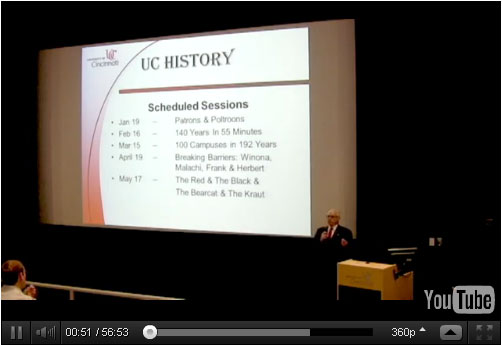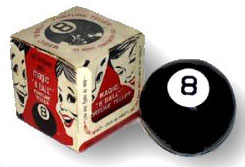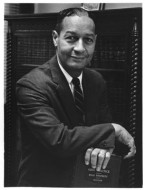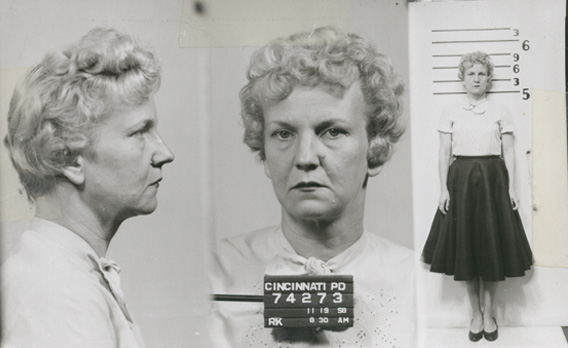
In 1912 the Department of Charities and Correction launched a crusade against loan sharks who were targeting the poor of Cincinnati
By Janice Schulz
The Archives & Rare Books Library holds City of Cincinnati Annual Reports from 1853-1870, 1875-1876, 1905-1914, and 1926-1958. These reports contain valuable information for anyone researching the history of Cincinnati, its departments, its people, and its issues.
While reports included in each volume vary, the Mayor’s report is always available. Also available may be various city financial reports and reports from City Council, schools, the Health Department and health care facilities, the House of Refuge, the Fire Department, the Police Department, Public Works, the City Engineer, jails, Civil Service Commission, City Solicitor, Parks Department, the University of Cincinnati, and other city commissions. Until 1914, each individual annual report is published in full, but after that time the reports take on more of a summarized format under the title Municipal Activities. Continue reading →








